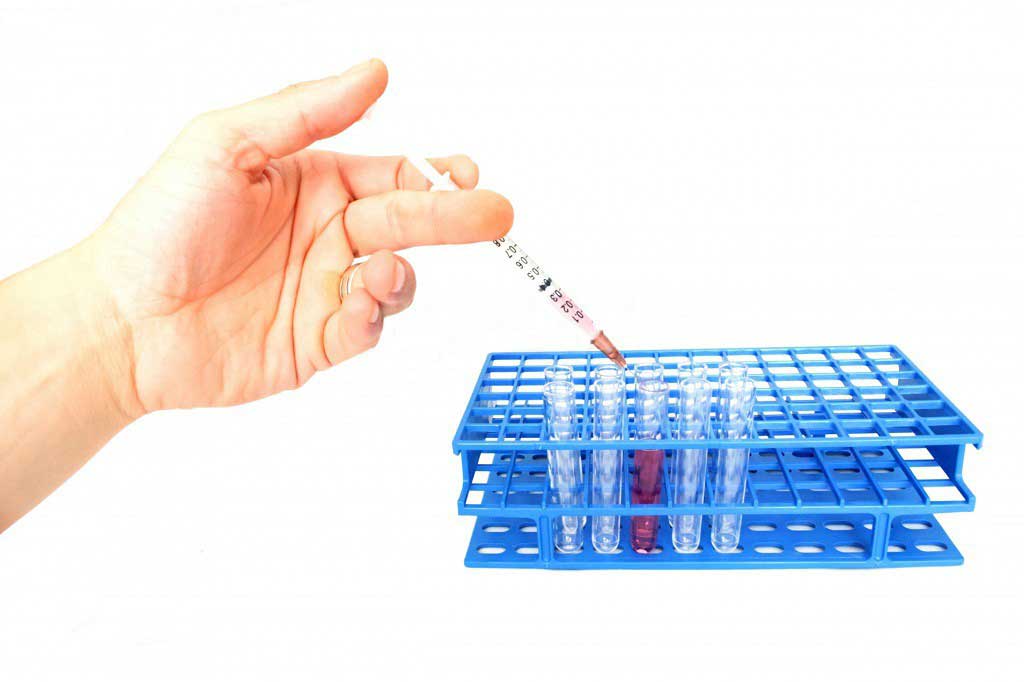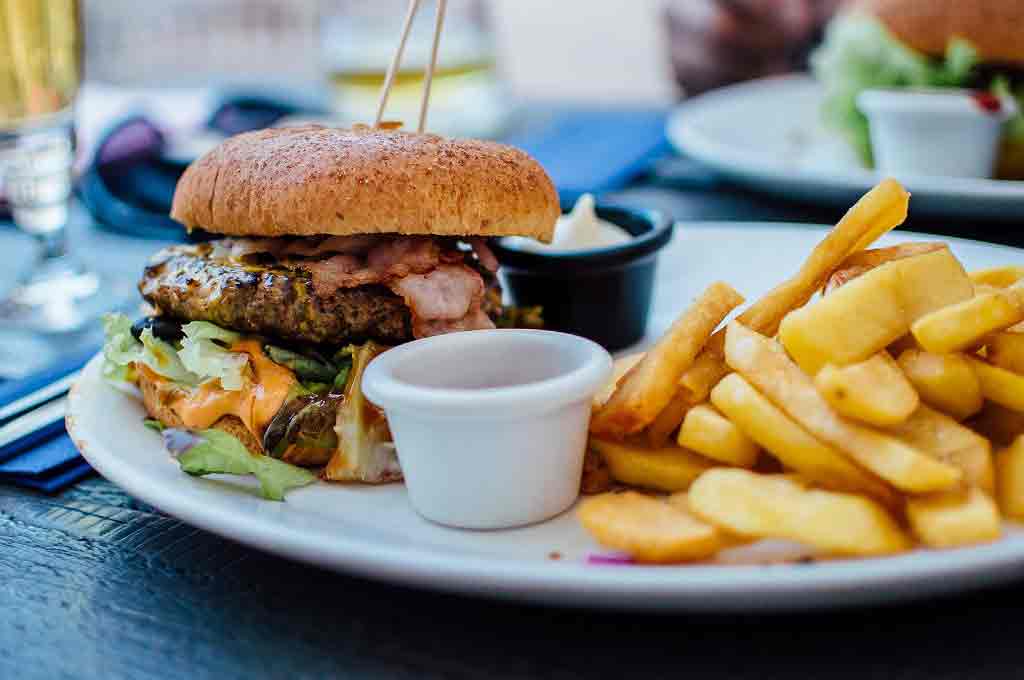Angina
Causes of angina
Angina is caused by narrowing and hardening of themain blood vessels going to the heart, which limits blood supply to this major organ.
Like all of the bodys organs and tissues, your heart needs a constant supply of oxygen-rich blood to function normally.
Blood is supplied to the heart by two large blood vessels known as the coronary arteries.Over time, the walls of these arteries can become furred up with fatty deposits. This process is known as Atherosclerosis and the fatty deposits are called atheroma.
Coronary heart disease is the term that describes what happens when your heart's blood supply is blocked or interrupted bythis build-up of fatty substances.
When you're resting, the muscles of your heart only need a relatively small supply of blood. However, when you exercise or feel stressed, your heart muscles have to work harder and the demand for blood increases. If the coronary arteries are narrowed, the required amount of blood is unable to reach the heart in time, triggering the symptoms of angina.
Increased risk
Anything that causes the coronary arteries to narrow can increase your risk ofangina. This can include:
- high blood pressure
- a diet high in saturated fat and cholesterol
- lack of exercise
- smoking
- type 1 diabetes and type 2 diabetes
- age
- family history
These risk factors can often be inter-related. They're explained below in more detail.
High blood pressure
Your arteries are designed to pump blood at a certain pressure. If that pressure is exceeded, the artery walls may become damaged. High blood pressure can be caused by:
- being overweight
- drinking excessive amounts of alcohol
- smoking
- stress
- a lack of exercise
For reasons that aren't fully understood, high blood pressure is more common among people of Afro-Caribbean and south Asian (Indian, Pakistani and Bangladeshi) origin. A tendency to develop high blood pressure also often runs in families.
It helps to produce hormones, protects nerve endings and makes up cell membranes (the walls that protect individual cells). There are two main types of cholesterol:
- low-density lipoprotein (LDL) mostly made up of fat, plus a small amount of protein; this type of cholesterol can block your arteries, so is often referred to as "bad cholesterol"
- high-density lipoprotein (HDL) mostly made up of protein, plus a small amount of fat; this type of cholesterol can help to reduce a blockage in your arteries, so is often referred to as "good cholesterol"
Most of the cholesterol the body needs is manufactured by the liver. However, eating foods high in saturated fat increases the levels of bad cholesterol in your blood.
Both of these increase your risk of developing angina.
Smoking
Smoking can damage the walls of your arteries. If your arteries are damaged by smoking, blood cells called platelets form at the site of the damage in an attempt to repair it. This can cause your arteries to narrow.
Smoking also decreases your blood's ability to carry oxygen around your body, which increases the chances of a blood clot occurring.
.
Diabetes
If you have poorly controlled diabetes, the excess glucose in your blood can damage the walls of your arteries.
Age
As you get older, your risk of developing angina increases, as your arteries are more likely to have narrowed over time.
Family history
Heart disease can run in families, so if you have a first-degree relative (mother, father, brother or sister) with a history of heart disease or angina, your risk of developing angina is increased.
Introduction
Angina is chest pain that occurs when the blood supply to the muscles of the heart is restricted. It usually happens because the arteries supplying the heart become hardened and narrowed.
Symptoms of angina
The most common symptom of angina is a feeling of pain or discomfort in your chest. The pain can feel tight, dull or heavy.
Causes of angina
Angina is caused by narrowing and hardening of the main blood vessels going to the heart, which limits blood supply to this major organ.
Diagnosing angina
If you see your GP after experiencing chest pain, they'll probably ask about the pattern of your symptoms for example, if you've noticed any particular triggers.
Treating angina
Treatment of angina aims to provide immediate relief from the symptoms, prevent future attacks, and reduce your risk of having a heart attack or stroke.
Complications of angina
Heart attacks and strokes are the most serious complications of angina. The stress of living with a long-term condition can also have an impact on your emotional health.
Preventing angina
Having a healthy lifestyle with a healthy, balanced diet, taking regular exercise and avoiding smoking helps reduce your risk of angina.







 Subscribe
Subscribe Ask the doctor
Ask the doctor Rate this article
Rate this article Find products
Find products